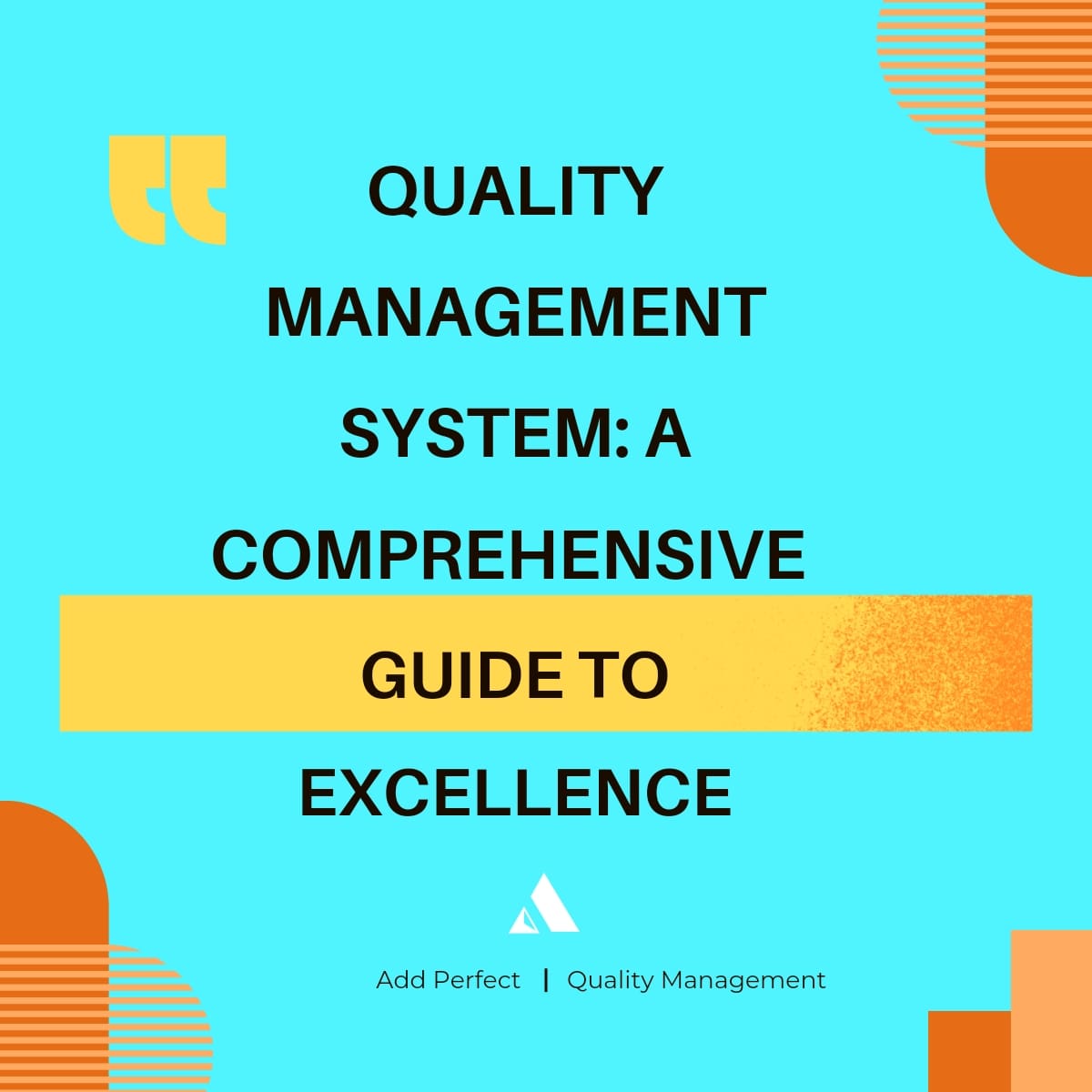In the realm of business and production, maintaining high standards of quality is paramount to success. Quality Assurance (QA) is a crucial component in this pursuit, ensuring that products and services meet specified requirements and exceed customer expectations. This article delves into what quality assurance is, its importance, methodologies, and the skills needed for effective implementation.

What is Quality Assurance?
What is Quality Assurance?
Quality Assurance is a systematic process of determining whether products or services meet specific requirements. It involves the entire production process, from design and development to manufacturing and delivery, ensuring that each stage adheres to quality standards.

Importance of Quality Assurance
Quality assurance is essential for several reasons:
Customer Satisfaction
- Ensuring products and services meet or exceed customer expectations, leading to higher satisfaction and loyalty.
Consistency
- Maintaining consistent quality across all products and services, which helps build a strong brand reputation.
Compliance
- Adhering to industry standards and regulatory requirements to avoid legal issues and penalties.
Efficiency
- Streamlining processes to reduce waste and increase efficiency, leading to cost savings.
Continuous Improvement
- Identifying areas for improvement and implementing changes to enhance overall quality and performance.

Key Methodologies in Quality Assurance
Several methodologies are employed in quality assurance to ensure products and services meet the desired standards. These include:
Total Quality Management (TQM)
- A comprehensive approach that involves all employees in continuous improvement efforts to achieve long-term success through customer satisfaction.
Six Sigma
- A data-driven methodology that aims to reduce defects and variability in processes through rigorous statistical analysis.
ISO 9001
- An international standard that specifies requirements for a quality management system (QMS), helping organizations ensure they meet customer and regulatory requirements.
Lean
- A methodology focused on maximizing value by eliminating waste and improving efficiency in all processes.
Kaizen
- A Japanese term meaning “continuous improvement,” emphasizing small, incremental changes to enhance quality and efficiency.
Plan-Do-Study-Act (PDSA) Cycle
- A four-step iterative process for continuous improvement, involving planning, implementing, studying results, and acting on findings.
Essential Skills for Quality Assurance Professionals
Quality assurance professionals need a combination of technical and interpersonal skills to be effective. Key skills include:
Attention to Detail
- A keen eye for detail to identify deviations from quality standards.
Analytical Thinking
- Strong analytical skills to interpret data and identify trends and root causes of quality issues.
Problem-Solving Abilities
- Effective problem-solving skills to address quality issues and implement corrective actions.
Communication Skills
- Clear communication skills to report findings and collaborate with other departments.
Technical Proficiency
- Proficiency with quality management tools and methodologies.
Leadership
- Leadership skills to guide teams in quality improvement efforts.
Steps to Implement Quality Assurance
Implementing quality assurance involves a structured approach. Here are the key steps:
Define Quality Standards
- Establish clear and measurable quality standards based on customer expectations and regulatory requirements.
Develop Quality Plans
- Create comprehensive quality plans outlining the procedures, tools, and resources needed to achieve quality standards.
Implement Quality Controls
- Apply quality controls at various stages of production to ensure compliance with quality standards.
Monitor and Evaluate
- Continuously monitor processes and evaluate performance against quality standards.
Identify and Address Issues
- Identify any deviations from quality standards and implement corrective actions to address issues.
Continuous Improvement
- Foster a culture of continuous improvement by regularly reviewing processes and implementing changes to enhance quality.
Industry Applications of Quality Assurance
Quality assurance is vital across various industries, each with unique quality challenges and requirements. Here’s a look at how QA is applied in different sectors:
Manufacturing
- Ensuring products are made to specifications and free from defects through rigorous testing and inspection processes.
Software Development
- Conducting thorough testing to ensure software applications are free from bugs and perform as expected.
Healthcare
- Ensuring medical services and products meet stringent quality and safety standards to protect patient health.
Aerospace
- Maintaining high standards of quality and safety in the production of aircraft and components.
Automotive
- Ensuring vehicles and components meet quality and safety standards through rigorous testing and inspection.
Construction
- Ensuring construction projects meet design specifications and regulatory standards.
Food Processing
- Ensuring food products meet safety and quality standards through regular testing and inspection.
Pharmaceuticals
- Ensuring pharmaceutical products meet regulatory standards for safety, efficacy, and quality through rigorous testing and validation.
Trends and Innovations in Quality Assurance
The field of quality assurance is continually evolving, with new trends and technologies shaping the industry. Here are some notable trends:
Automation and AI
- Implementing automated testing and AI-driven quality control systems to enhance accuracy and efficiency.
Big Data and Analytics
- Leveraging big data to gain insights into quality trends and make data-driven decisions.
Internet of Things (IoT)
- Utilizing IoT devices to monitor and control quality in real-time, improving traceability and compliance.
Blockchain
- Using blockchain technology to enhance transparency and traceability in supply chains.
Sustainability
- Incorporating sustainable practices into quality assurance to meet environmental regulations and consumer expectations.
Overcoming Challenges in Quality Assurance
Implementing quality assurance can be challenging. Common challenges include:
Resistance to Change
- Overcome resistance by involving staff in the planning process and demonstrating the benefits of QA initiatives.
Resource Constraints
- Address resource constraints by prioritizing initiatives with the greatest impact and seeking external funding or support.
Data Management
- Ensure accurate and reliable data collection and analysis to inform quality assurance efforts.
Sustaining Improvements
- Develop strategies to maintain improvements over the long term, such as ongoing monitoring and regular training sessions.
Conclusion : What is Quality Assurance?
Quality assurance is vital for ensuring products and services meet high standards of quality, leading to customer satisfaction, compliance, and continuous improvement. By understanding the importance of QA, implementing effective methodologies, and developing the necessary skills, organizations can significantly enhance their quality management processes.

At AddPerfect.com, we aim to empower professionals and organizations with the knowledge and tools needed to maintain the highest standards of quality. Stay tuned for more in-depth articles, expert insights, and practical guides to help you excel in your quality assurance journey.




The level of my admiration for your work mirrors your own sentiment. The sketch is elegant, and the authored material is stylish. Nevertheless, you appear concerned about the prospect of embarking on something that may be seen as dubious. I agree that you’ll be able to address this issue promptly.